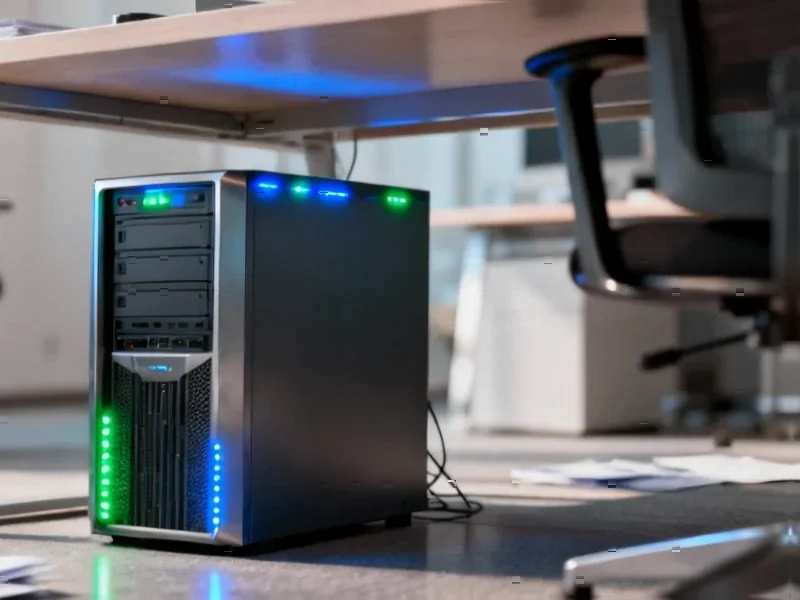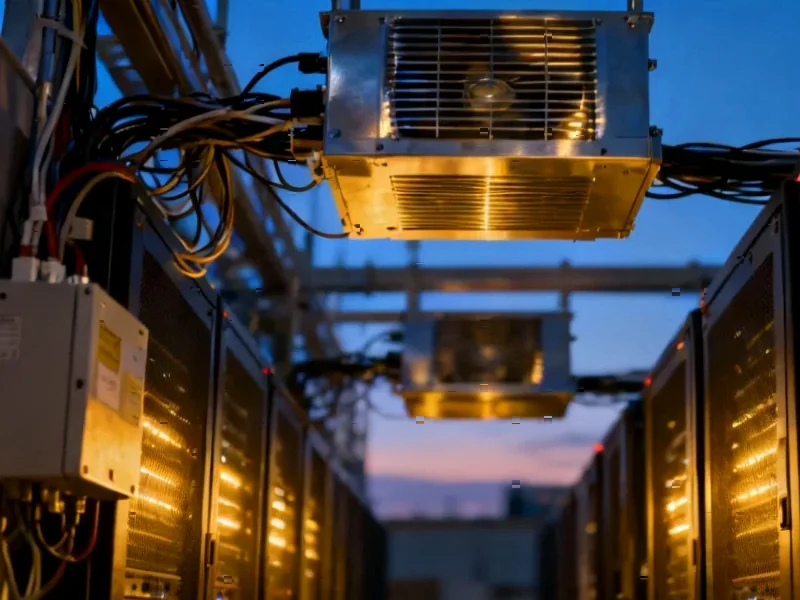According to Forbes, Seagate shares surged over 10% after the company reported fiscal Q1 2026 earnings that significantly exceeded expectations, with revenue reaching $2.63 billion (up 21% year-over-year) and adjusted EPS climbing to $2.61. The company shipped 182 exabytes of hard-drive capacity in the quarter ending October 3, 2025, with 159 exabytes coming from nearline drives used in cloud data centers. Seagate’s next-generation Mozaic HAMR drives achieved a major production milestone with over 1 million units shipped, while five major cloud providers have approved the Mozaic 3+ platform with another hyperscale customer qualifying for Mozaic 4+ expected to scale in second half FY26. This technological progress suggests Seagate may be entering a sustained structural uptrend rather than experiencing a temporary cyclical recovery.
The HAMR Manufacturing Breakthrough
Seagate shipping over 1 million Mozaic HAMR drives represents a critical manufacturing inflection point that many industry observers doubted would arrive this quickly. Heat-assisted magnetic recording technology has been in development for over a decade, facing significant challenges in thermal management, head reliability, and production scalability. Reaching this volume demonstrates Seagate has solved the fundamental engineering hurdles that previously limited HAMR to laboratory demonstrations and small pilot runs. The company’s ability to scale this complex technology to commercial volumes while maintaining yield rates suggests they’ve achieved manufacturing maturity that competitors will struggle to match for several quarters.
The Cloud Qualification Advantage
Having five major cloud service providers approve the Mozaic 3+ platform creates a formidable competitive moat that extends beyond simple technology leadership. Cloud qualification processes typically take 12-18 months and involve rigorous testing for reliability, performance consistency, and integration with existing infrastructure. Each approval represents a multi-year supply commitment that provides Seagate with unprecedented visibility into future demand. More importantly, these qualifications create switching costs that protect Seagate’s market position even when competitors eventually catch up on HAMR technology. The hyperscale customer currently qualifying Mozaic 4+ indicates Seagate is already planning its next technology generation while competitors are still trying to match current capabilities.
Enterprise Storage Market Disruption
The rapid adoption of higher-capacity nearline drives (average capacity per drive increased to 14.6 terabytes, up 26% year-over-year) creates ripple effects throughout the enterprise storage ecosystem. Organizations building AI infrastructure now face different total cost of ownership calculations, with fewer drives needed for the same capacity potentially reducing power consumption, cooling requirements, and physical space needs. This density improvement particularly benefits companies deploying large language models and other AI workloads that require massive datasets. However, it also pressures traditional storage array vendors who built their business models around managing numerous lower-capacity drives, potentially accelerating consolidation in the enterprise storage market.
Shifting Competitive Dynamics
Seagate’s HAMR success creates immediate pressure on Western Digital and Toshiba to accelerate their own next-generation technology roadmaps. The storage industry has historically moved in lockstep with incremental capacity improvements, but Seagate’s manufacturing scale with HAMR creates a potential technology gap that could last multiple product cycles. This timing advantage allows Seagate to capture premium pricing for higher-capacity drives while competitors play catch-up. More significantly, it positions Seagate as the technology leader in conversations with cloud providers planning multi-year infrastructure investments, potentially shifting market share in the high-margin nearline segment that represents the bulk of exabyte shipments.
Beyond the Quarterly Numbers
While the immediate stock reaction focuses on earnings beats and revenue growth, the more significant story involves Seagate’s transition from a cyclical hardware company to a technology-driven solutions provider. The combination of manufacturing scale, cloud qualifications, and capacity leadership creates a virtuous cycle where each success reinforces the others. As AI workloads continue driving storage demand growth estimated at 20-30% annually, Seagate’s technology position suggests they’re better positioned than ever to capture value from this trend rather than simply participating in the volume growth. The real test will be whether they can maintain this momentum through the inevitable industry cycles while continuing to innovate beyond current HAMR implementations.




